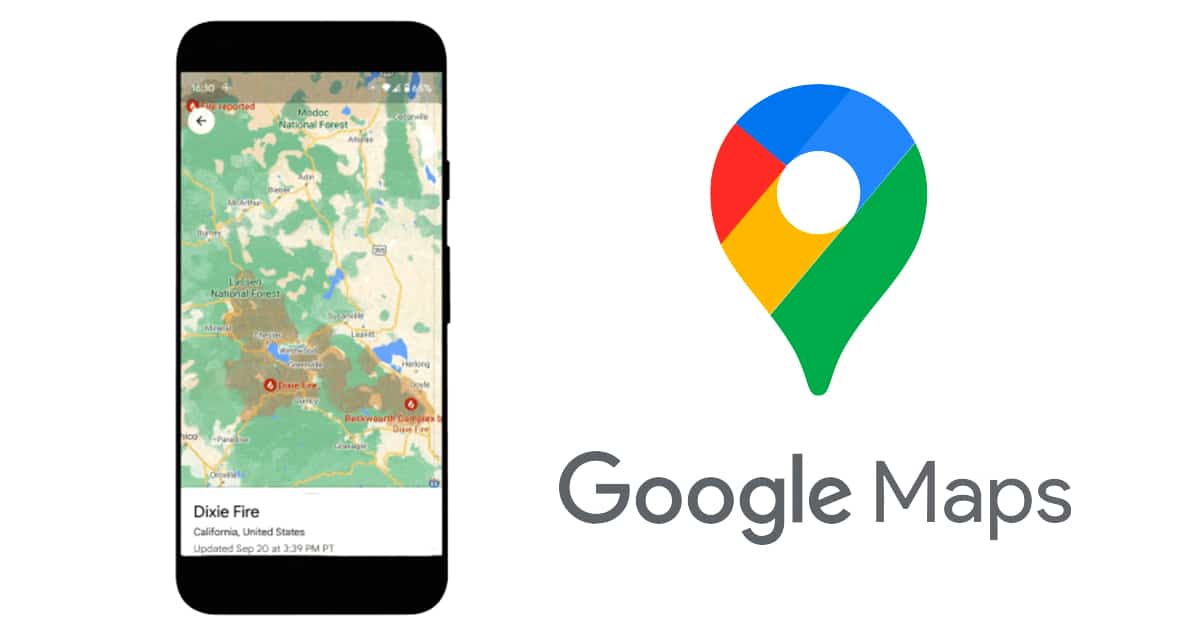
If you’re also someone who’s waited in line for hours to get a COVID test—or faced similar frustrations trying to buy them at your local drugstore—then you’re in luck. A group of scientists from the University of California, Santa Barbara say they’ve developed a new kind of COVID-testing system that only involves some basic lab equipment and an app on your phone, while still potentially boasting the accuracy you’d get with a PCR test.
And unlike those tests, this new system—which was described in a new paper in the journal JAMA Network Open—won’t add hundreds of dollars to your medical bill. Instead, the research team says their entire system, called “smaRT-LAMP” can be set up for less than $100, plus the price of the smartphone you’d need to run the app.
That app, Bacticount, uses a person’s cellphone camera to detect the presence of pathogens in a person’s saliva. Here’s how it works: a person loads their saliva into a test kit sitting atop a hot plate, and drops in a specific reactive solution designed to amplify viral RNA that might be in that spit—a process called “Loop-mediated Isothermal Amplification,” or LAMP for short. After being appropriately LAMP-ified, these samples were then covered with a cardboard box with an LED light stuck to the top.
Next, the smartphone camera peers into the top of the box and ideally it’ll be able to see color reactions indicating whether or not their saliva samples test positive for COVID-19. When pathogens are present, probes present in the solution bind to it, and fluoresce with a bright red light. The more pathogens present, the faster the spit-mixture fluoresces, and the faster the app will register it. A person’s viral load is then estimated based on how quickly that bright light began shining.
Altogether, the researchers say that each test with this setup should cost a relatively thrifty $7 a pop. The only downside is that the app is only compatible with Samsung Galaxy S9 smartphones right now, due to the model’s specific camera calibrations—but more phones could be possible in the future.

It’s worth noting that this method—and the paper—is based on a pretty small sample size: 50 patients. But still, these early results are promising; according to the research team, the test wasn’t only an accuracy match for the PCR tests you can get in your average doctor’s office, but could even be easily modified to detect new COVID variants or other pathogens, like the flu.
The lead researcher on the project, Dr. Michael Mann, told Gizmodo that while the test was initially designed for “resource-limited settings”—think rural hospitals, or locales without proper testing infrastructure—it could easily be adapted for tests in people’s homes. And frankly, considering the sold-out tests in stores, and ongoing issues plaguing the Biden administration’s plans to distribute free tests to people across the country, something like this could be just what we need.
Note: This article have been indexed to our site. We do not claim legitimacy, ownership or copyright of any of the content above. To see the article at original source Click Here












